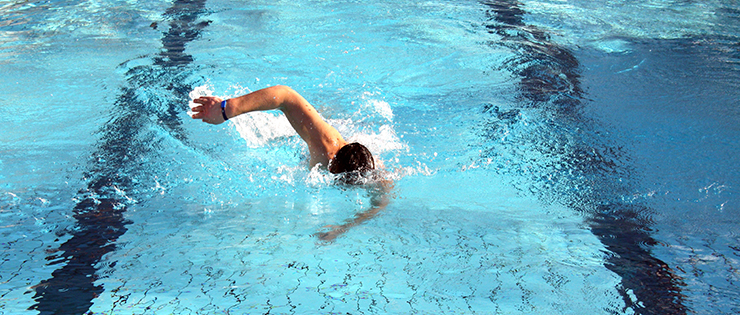
The concept of ‘lactic acid’ build up in our muscles is a bit of a misunderstood one and the first thing to clear up is the terminology. Our body doesn’t produce ‘lactic acid’, but rather a substance called lactate. The chemical nature of these two substances differs slightly, and although it’s not uncommon for these terms to be used interchangeably it’s probably not technically correct to do so. With that said for the purpose of this blog I’ll be using the word lactate.
Lactate is not bad, in fact it’s a very useful substance that can be used as fuel for the muscles, can help delay fatigue and assist in injury prevention. In order to understand lactate and it’s role during exercise we need to firstly have a basic understanding of the energy systems at play in our body.
When we exercise our muscles need more energy. Generally the body prefers to use its aerobic energy system which requires oxygen so naturally we breathe faster and our heart rate elevates which pumps more blood to the working muscles in order to meet the oxygen demand.
During more intense exercise the body may switch to an anaerobic system whereby your body breaks down glucose for energy. Lactate is one of the by-products of this process and is actually a fuel source that can be used by the muscles.
As you exercise for longer your muscles become more acidic resulting in fatigue and a reduced ability to produce power. This is not caused by lactate; in fact lactate actually serves to counteract this process by helping to try and maintain an optimal pH so the muscles can continue contracting. Unfortunately this fuel supply is relatively short lived, at this stage you may start to notice a burning sensation in your muscles. I’m sure many of you are familiar with ‘the burn’ as it sets in during those last few squat reps or in the last 10 metres of a 100 metre sprint where your muscles are flooded with an overwhelming feeling of fatigue and pain. This is your ‘lactate threshold’ a point where the lactate stores have been utilised and you can no longer produce the energy required to maintain exercise intensity.
Different athletes will have different lactate thresholds. For example endurance athletes who have undergone extensive training may have increased aerobic capacity. Their training leads to the development of more small blood vessels, this can improve oxygen transport to the muscles which in turn delays the lactate threshold during exercise allowing them to exercise at a higher intensity for longer.
This lactate induced pain can that causes mid work out discomfort generally subsides within minutes of intense exercise being ceased.
Contrary to popular belief lactate is not responsible for the delayed post workout muscle soreness that can come a day or two after a big workout. Instead the soreness you experience at this stage is actually causes by micro tearing to the muscle fibres duing exercise which causes inflammation and tenderness as the fibres repair themselves.
The human body is an amazingly sophisticated and some of the processes discussed here are somewhat complicated and tricky to understand. I think the take home message is that lactate is a helpful source of energy for the body that certainly doesn't hinder athletic performance. It’s naturally occurring and we cannot (nor should we want to) stop product of it.
If we want to increase our lactate threshold you quite simply need to be physically fitter, which means engaging in regular physical activity. Staying hydrated and eating a well balanced diet along with ensuring adequate recovery are also important but in the end it really comes down to how efficient your body’s energy production systems are.